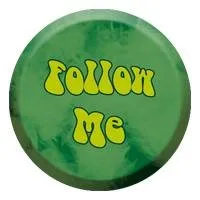Today – a few words about plein air. If to believe the teachers of the Academy of Arts – it’s the study of the behavior of a color in a particular light and air enviroment. Perhaps it’s the only definition that I remember from all the years of study:) And, perhaps, the most energy expending of my art classes. Why - I’ll write below, and now - a bit of history:)
<
The word comes from the French “en plein air” – in the open air”. In the 19th century when they finally began to produce paints in tubes, British artists (namely, John Constable and Richard Parkes Bonington) first gleefully seized them and rushed to paint outside of the studio. Then, in single file behind them came the French Impressionists, who later will bring the technique to perfection (although according to the venerable critics of that time - to the absurd).

And now about the peculiarities of our, contemporary plein air:) Personally, I have had time to learn some stuff about it. Especially with oil. I am not Aivazovsky, and can not paint in white gloves. Usually at the end of the work I myself am covered with paint in the most unexpected places. You understand that outdoor there is not much places where you can properly wash hands and other body parts. With watercolors there is another problem - you need a lot of water. With pastels it’s a little easier, especially if it is in pencil, not in chalks. But, nevertheless, you can get dirty too:).
Hooray!!!
But that is no reason to deprive yourself of the pleasure to create in the open air. It is only necessary to be thoroughly prepared. So: you need a sketch pad or a light portable easel. Today there are many models of light metal tripods, that are easy to transport and to settle.

Sketch pad, form other side, provides you with a wider area to ensure that the materials you’re using are at eye level. And, by the way, to supply water for a watercolor to keep your hands free. It also can be comfortably positioned for the transportation of all materials.It is advisable to carry a large block of wet wipes. They are always useful, certain artists (me, for example), manage to get dirty from head to toe, even when working with a lead pencil. It’s useful to have litter on which you sit, if you work sitting, or anyway to sit on every half an hour if you work standing up. Well, and of course, you need a great desire to create:)
Be prepared for the fact that people passing by will always look you in the canvas / paper. As long as they do not climb into the work with their fingers, or do not try to steal the legs of the easel - it’s OK:) I always take my dog with me. A great companion for plein air. So, try it:) You’ll have much pleasure of the process:)

Thank you for watching:)
Love, Inber
